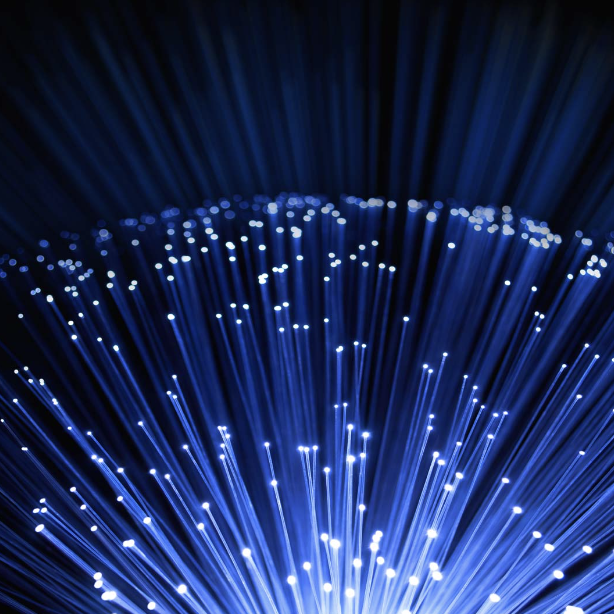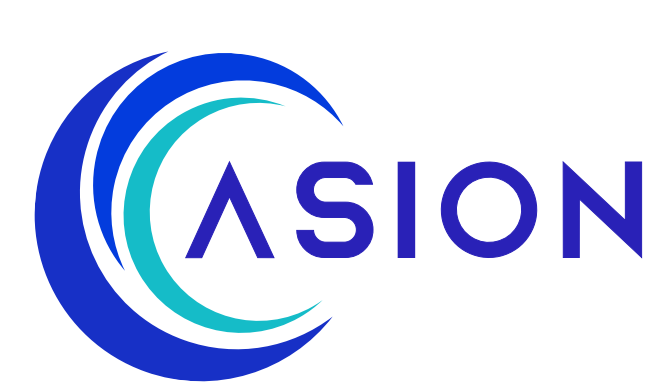 Fiber optic cables offer numerous advantages and some disadvantages:
Fiber optic cables offer numerous advantages and some disadvantages:**Advantages:**
1. **High Bandwidth**: Fiber optics can carry significantly more data compared to traditional copper cables, making them ideal for high-speed internet, streaming, and data-intensive applications.
2. **Low Attenuation**: Fiber optic cables have low attenuation, meaning signals can travel longer distances without losing strength. This allows for longer transmission distances without the need for signal boosters.
3. **Immunity to Electromagnetic Interference (EMI)**: Unlike copper cables, fiber optics are not affected by electromagnetic interference, making them suitable for areas with high levels of electromagnetic radiation, such as near power lines or industrial equipment.
4. **Security**: Fiber optic cables are difficult to tap into without detection, providing a higher level of security for data transmission compared to copper cables.
5. **Lightweight and Small Size**: Fiber optic cables are lightweight and occupy less space than traditional copper cables, making them easier to install and manage, especially in congested areas.
6. **Durability**: Fiber optic cables are less susceptible to damage from environmental factors such as moisture, temperature fluctuations, and corrosion, leading to increased reliability and longevity.
**Disadvantages:**
1. **Initial Cost**: The equipment and installation costs for fiber optic networks can be higher compared to copper cables, although this is offset by lower maintenance and operational costs over time.
2. **Fragility**: While fiber optic cables are durable, they can be more fragile than copper cables and may require careful handling during installation and maintenance to prevent damage.
3. **Limited Flexibility**: Fiber optic cables have limited flexibility compared to copper cables, which can make them more challenging to install in tight spaces or around corners.
4. **Compatibility**: Some older infrastructure and devices may not be compatible with fiber optic technology, requiring additional investment in upgrades or adapters.
5. **Light Loss**: Despite low attenuation, fiber optic cables still experience some light loss over long distances, which may require signal amplification in certain situations.
6. **Difficulty in Splicing**: Splicing fiber optic cables requires specialized equipment and expertise, which can increase maintenance costs and complexity compared to copper cables.
Overall, despite some drawbacks, the advantages of fiber optic cables make them a popular choice for high-speed and reliable data transmission in various applications.
